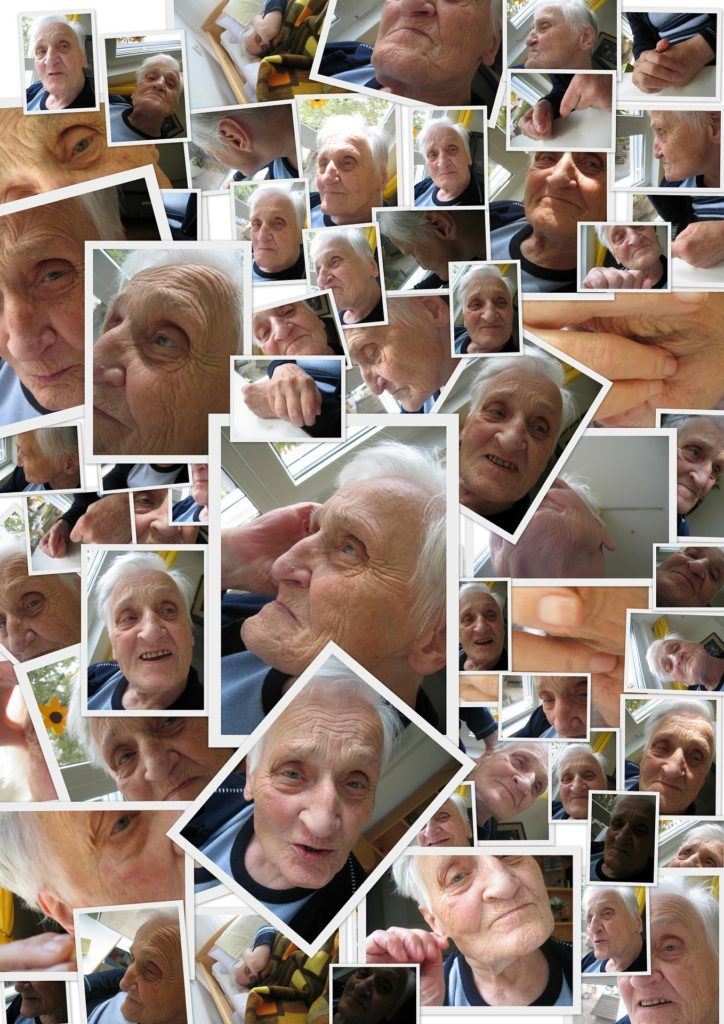The news suggested that beloved actor Robin Williams had Lewy body dementia. Lewy body dementia is thought to be the most misdiagnosed type of dementia due to the lack of access to dementia experts and considerable overlap between Lewy body dementia and its two closest conditions: Alzheimer’s disease and Parkinson’s disease with dementia. A correct dementia diagnosis matters for many reasons, including identifying what medicines will help and, in the case of Lewy body dementia, which to avoid, and allows patients and families to connect with community resources.
Lewy body dementia is an umbrella term for two types of dementia: dementia with Lewy bodies and Parkinson’s disease dementia, associated with the presence of Lewy bodies—abnormal protein deposits called alpha-synuclein—in the brain.
 Dementia with Lewy bodies causes changes in a person’s thinking, motor abilities and behavior that interfere with daily functioning. The main symptoms of dementia with Lewy bodies are fluctuating cognitive impairment, well-formed and recurrent visual hallucinations, and motor symptoms, like tremor and rigidity. Suggestive symptoms of dementia with Lewy bodies include repeated falls, syncope (i.e. fainting or passing out), REM sleep disorder (acting out of one’s dreams, often in an aggressive manner), and trouble with the autonomic nervous system (blood pressure rising and falling unpredictably, urinary incontinence and constipation).
Dementia with Lewy bodies causes changes in a person’s thinking, motor abilities and behavior that interfere with daily functioning. The main symptoms of dementia with Lewy bodies are fluctuating cognitive impairment, well-formed and recurrent visual hallucinations, and motor symptoms, like tremor and rigidity. Suggestive symptoms of dementia with Lewy bodies include repeated falls, syncope (i.e. fainting or passing out), REM sleep disorder (acting out of one’s dreams, often in an aggressive manner), and trouble with the autonomic nervous system (blood pressure rising and falling unpredictably, urinary incontinence and constipation).
Diagnosing Lewy Body Dementia
Without MRI or CT scans or blood tests that can reliably diagnose dementia with Lewy bodies, neuropsychologists are increasingly called upon to provide the cognitive assessments that are often considered the most accessible gold standard tool for the diagnosis of a specific dementia and how it is progressing.
The most difficult distinction is between dementia with Lewy bodies and Parkinson’s disease dementia, because the symptoms are very similar. Neuropsychologists use their skills in clinical interviewing, alongside other techniques, to separate these two diseases based on the onset, symptoms and pattern of impairments. If the onset of dementia is within one year of motor symptoms, it is more likely to be dementia with Lewy bodies.
In contrast, if the onset of the motor symptoms is more than one year earlier than the onset of dementia, Parkinson’s disease dementia is more likely. All individuals with Parkinson’s disease dementia have motor symptoms at the time of a dementia diagnosis, in comparison to only 25-50 percent of those with dementia with Lewy bodies when diagnosed.
Separating dementia with Lewy bodies from Alzheimer’s disease is more straightforward with the right diagnostic tools (paper and pencil cognitive testing), although it can still be tricky. Short-term memory loss tends to be a more prominent symptom in early Alzheimer’s disease when compared with early dementia with Lewy bodies, whereas those with dementia with Lewy bodies usually experience problems in the realm of executive functioning-planning, organization and the processing of visual information. Well-formed and recurrent visual hallucinations are much more frequent in early-stage dementia with Lewy bodies, whereas delusions (like thinking someone is stealing from them) tend to be more common in Alzheimer’s disease. REM sleep disorder is also more common in early dementia with Lewy bodies.
Treating Lewy Body Dementia
Research suggests that people living with Lewy body dementia might have better responses to memory-enhancing medications (cholinesterase inhibitors, such as Aricept) than those with Alzheimer’s disease.
A diagnosis of Lewy body dementia also alerts medical providers to avoid medications that can aggravate symptoms dramatically, such as traditional antipsychotics, such as haloperidol (Haldol). Approximately 60 percent of people with Lewy body dementia treated with these medications show distressing signs of sedation, decreased ability to move or a life-threatening condition called neuroleptic malignant syndrome that develops with severe muscle cramps and alterations in mental status.
Behavioral interventions can help families more effectively cope with cognitive symptoms, difficulty with eating because of tremor and fall prevention.
For more information, visit www.lbda.org.




Is there a medication that can help with neuroleptic malignant syndrome. It is so frustrating to see and hear a person with these Symptoms and not being able to help out.